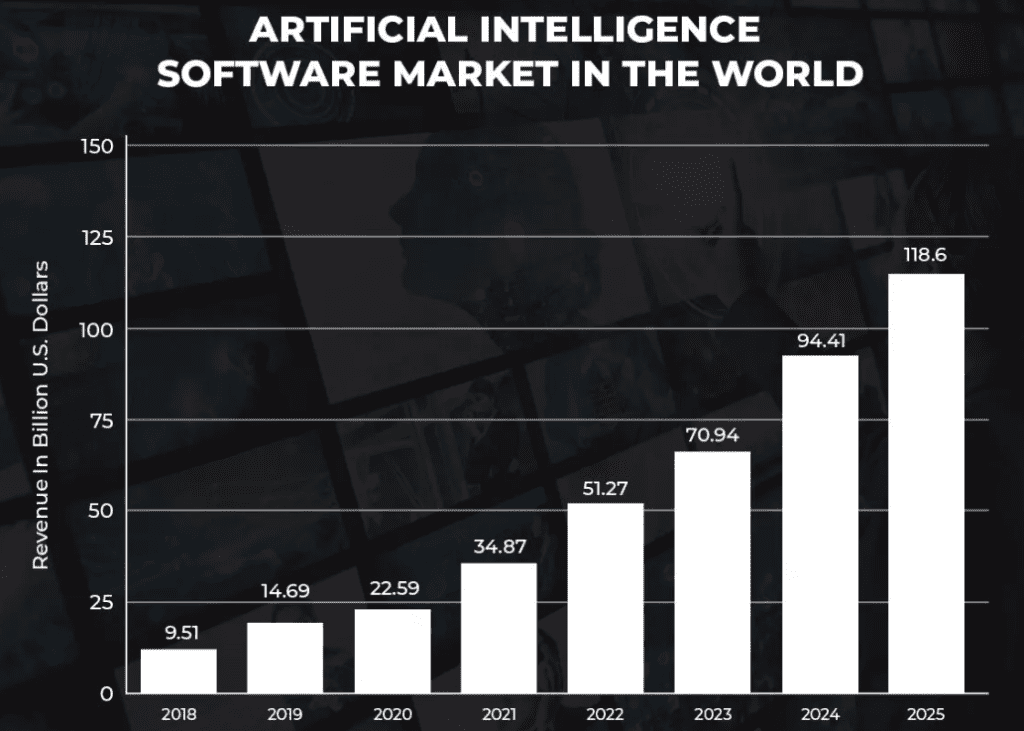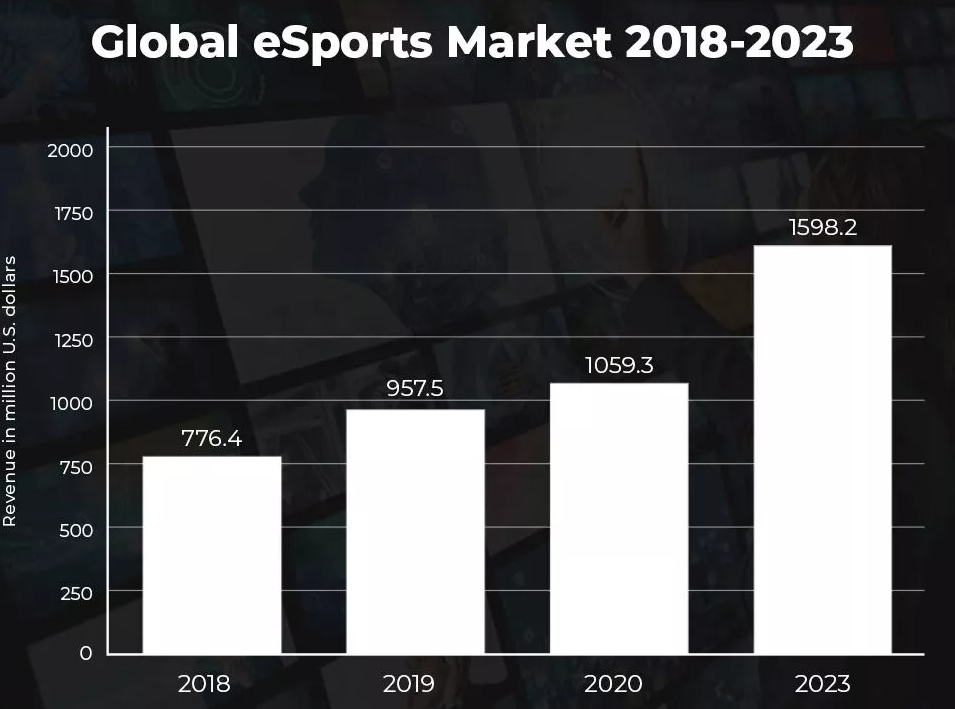The epidemic has caused unprecedented upheaval, and media and broadcast technological breakthroughs are at an all-time high.
The days of only using magazines, pamphlets, newspapers, television, and radio for marketing and broadcasting are long gone.
We are seeing a paradigm shift in how people consume media through digital technology, from renting or buying DVDs to streaming their favorite shows on Netflix, from reading the news to getting instant alerts about the latest developments, from attending classes to passing exams by studying on our smartphones.
You might wonder what digital technology is. It serves as a catch-all phrase for all computer- or mobile-based goods and services that are fundamentally altering virtually every facet of daily life.
Additionally, as the coronavirus outbreak continues to cause havoc around the world, people are now spending time on the couch watching a lot of media instead of going outside.
Given the explosion of digital technology in media (in the last ten years), many online platforms have emerged as a welcome complement to the established methods of content distribution.
What is broadcast media?
We need to understand the significance of broadcast media, which includes broadcast television, cable television, radio, on-demand television, on-air endorsements, TV/web integration, long-form programming, and multilingual programming.
Technically, the word “broadcast media” refers to the distribution of information to a sizable audience through the use of radio, television, newspapers, magazines, Bluetooth marketing, and other location-based transmissions.
How has digital technology impacted broadcast media?
People spend more time watching media than ever before, on average, about eight hours each day, according to recent statistics from Zenith.
TV was the unchallenged leader in broadcasting for many years (and it still is). However, TV’s dominance has suffered due to the rise in internet usage. Smartphones’ ability to provide a “on-the-go” and “interactive” mobile solution has completely changed how broadcast media is seen.
Users are enjoying a more interesting, interactive, and personalized broadcast experience as the number of mobile-connected devices increases. In short, mobile phones have complimented the existing ways of viewing.
People spend more time watching media than ever before, on average, about eight hours each day, according to recent statistics from Zenith.
TV was the unchallenged leader in broadcasting for many years (and it still is). However, TV’s dominance has suffered due to the rise in internet usage. Smartphones’ ability to provide a “on-the-go” and “interactive” mobile solution has completely changed how broadcast media is seen.
Users are enjoying a more interesting, interactive, and personalized broadcast experience as the number of mobile-connected devices increases. In short, mobile phones have enhanced the traditional means of viewing.
In the end, a broadcasting or IP organization needs to put its best foot forward to offer a distinctive and engaging experience – depending on the platform of choice for the target audience. This is crucial to ensuring that your company survives and continues to be ready for even the next generation of customers.
What are the new trends in broadcast media?
We have come a long way in terms of quickly and affordably delivering the best content, from traditional broadcasters to Internet content platforms.
Newspapers, radio, and television were major players in the mass diffusion of content at the period. Therefore, it’s essential to rethink the old techniques using a contemporary strategy as we observe an exponential rise in content consumption – coronavirus pandemic-induced social isolation has given people more and more time to kill.
Since practically everyone is confined to their homes, TV networks and OTT platforms have taken over as the main sources of entertainment.
Technologically knowledgeable consumers continue to satisfy their curiosity while watching and learning from digital broadcasting examples like Netflix, Inshorts, Amazon Prime, and YouTube.
This demonstrates how audiences aren’t just watching TV on traditional cable; they are also watching it on mobile devices and over-the-top (OTT) platforms.
These platforms rule the media and entertainment industries by keeping people glued to their screens, and news-related apps help users stay up to date on COVID-19 updates and lockdown measures. The use of digital technology in media has increased more than ever as a result of broadcast media technology.
According to eMarketer projections, traditional TV viewers increased by 8.3 million to 287.3 million in 2021.
Similar to this, according to Statista’s data, local news programmes had an increase in their percentage of total gross quarter hours viewed across major broadcast television channels from 25.7 to 30.4% between the weeks of February 3 and March 9, 2021.
Trend #1 – Artificial Intelligence (AI)
Consumers prefer hand-selected, customized, and human-curated information in this digital age. The broadcast and media technology service providers are using cutting-edge technology to streamline the process and give what people want as they grow more and more tech-savvy.
Netflix incorporated artificial intelligence to make content recommendations to consumers based on their viewing habits. Additionally, this leads to the supply of video and the possibility of automating workflows.
By utilizing the capabilities of artificial intelligence and algorithms, better, more focused recommendations and a better user experience will be provided.
In addition to AI, businesses are working hard to create blockchain-based business models, bearing in mind the latest developments in blockchain technology, in order to address potential problems with security, payments, and maintaining digital rights.

Trend #2 – Generational Shifts
The environment changes. The coronavirus-caused pandemic-induced hysteria has also made the transition feel more powerful than usual. Gen Z and Millenials consume data and content in different ways than older generations. They grew up and were born in a time when conventional and online media made access to rich data easy.
However, it is more likely that traditional broadcasting won’t have an effect on this generation. They depend on their technology more than ever to keep them entertained and informed.
Different age groups currently have very varied patterns of media consumption, and this is expected to persist, according to Les Binet, Group Head of Effectiveness.
Media companies should therefore conduct research on how various age groups consume media and their behavior patterns in order to offer interactive, dynamic, and data-driven content that will attract a captive audience.

Trend #3 – Voice-Controlled Devices
When you want to change the TV channel but are too lazy to get out of bed, you can use a voice-controlled gadget.
Voice assistants have become very popular in our daily lives. Additionally, according to a recent VoiceLabs study, 30% of respondents cited smart home devices as their main motivation for purchasing an Amazon Echo or Google Home.
Beyond 2021, voice-controlled searches will continue to grow in popularity as one of the advantages of the digital transition. To help consumers navigate their vast video libraries, well-known streaming services like Netflix and Amazon Prime Video require sophisticated search techniques. It has been demonstrated that voice-controlled searches improves user comfort and the customer experience.
When it comes to voice-enabled devices, the time is now because widespread consumer adoption of trends like augmented reality and virtual reality is still a ways off.
Trend #4 – The NextGen TV – ATSC 3.0 Technology
The NextGen TV – ATSC (Advanced Television Systems Committee) 3.0 is the next-generation broadcasting technology and the way television will be broadcast in the future. The NextGen TV is an improvement of an Over-The-Air (OTA) or antenna-based TV system that works with the internet to offer a fantastic user experience.
With the use of this technology, consumers can watch broadcast videos on devices other than TV, such as smartphones and tablets. Sony, Samsung, and LG Android-based TVs are currently implementing the updated ATS-3.0 model.
The NextGen TV ATS-3.0 technology innovation in media will be your best chance moving forward to accomplish the impossible.
At Kilowott, we are enterprise mobility solution experts who thrive at customizing the IT experience. Get in touch with us if you want to incorporate the solution.
Trend #5 – Augmented Reality Graphics (AR-GFX)
In broadcast media, augmented reality graphics (AR-GFX) are one of the newest and trendiest developments. The broadcasters are increasingly concentrating on building virtual environments where the created objects seem to be present or real.
Some well-known examples of live broadcasts that use real-time data integration and AR graphics tools & technologies are news broadcasts, eSports, live streamers, and election coverage.
Why is AR-GFX generating such a stir and grabbing attention? You get to tell stories visually, connect content to the surroundings, cut production expenses, and eliminate discomfort from lighting setup and chroma keys. You also get to create unique experiences for the audience.

Trend #6 – Over-The-Top (OTT) Technology
Nearly all traditional television channels have been replaced by entertainment platforms like Netflix, Disney+, and Prime Video during the last few years. What caused this, then? the expansion of OTT technologies and the internet.
One of the newest trends in broadcast media is OTT technology, which is software for media distribution that enables the transmission of video content over the internet without using antiquated streaming technology. As we all know, Netflix has completely changed the landscape of video streaming services.
Viewers have been forced to “cut the cord” on cable as a result. Additionally, a fifth of cable subscribers are expected to terminate their plans by 2023, according to the projections.
Trend #7 – The Virtual Cloud Technology
The change is already under way thanks to virtual cloud technology for development while the globe struggles to deal with the worst pandemic of the century. The cloud, an IT-enabled technology, has already been used to incorporate this new broadcasting media technology.
Some of the Cloud Service Providers (CSPs) offering public and private types of Cloud services are Amazon Web Services (AWS), Rackspace, and Microsoft Azure. Such services must be used with a reliable internet connection.
Nearly all broadcasters have made the switch to cloud computing in order to provide a seamless experience for creating, sharing, and viewing information while controlling both time and cost.
Therefore, in order for broadcasters to remain relevant, they must adopt some of the current trends in broadcast media. You’ll succeed and be ready for the future if you can identify the major changes in broadcasting and incorporate new trends.
We empower companies from across the media, entertainment, and broadcast media landscape to offer everything from real-time personalization and delivery, to live streaming and online recording solutions.
Need help? Let’s talk







